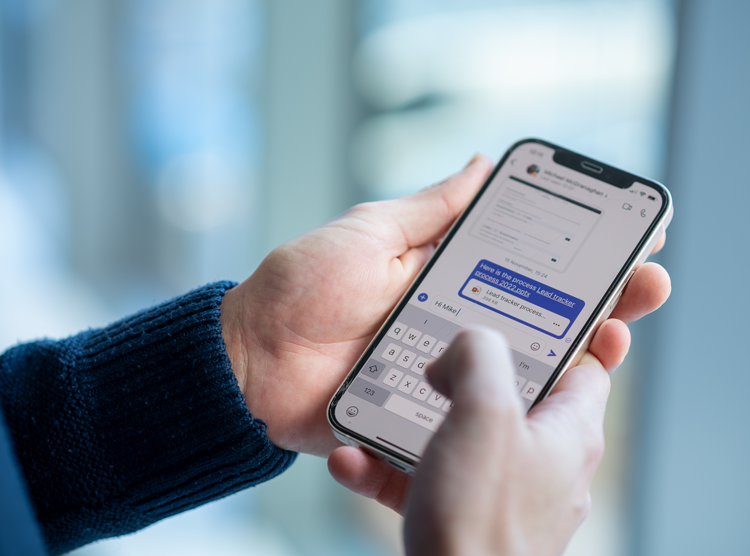Introduction
As the use of mobile devices continues to grow in the workplace, it has become crucial for IT administrators to effectively manage and secure these devices. Mobile Device Management (MDM) plays a vital role in ensuring the smooth operation and security of mobile devices within an organization. In this article, we will discuss some best practices that IT administrators can follow to implement an effective MDM strategy.
1. Define clear policies and guidelines
Before implementing any MDM solution, it is important to define clear policies and guidelines regarding the acceptable use of mobile devices in the workplace. These policies should cover aspects such as device ownership, password requirements, data encryption, and acceptable apps and websites. By setting clear expectations, IT administrators can ensure that employees understand their responsibilities and adhere to the established guidelines.
2. Choose the right MDM solution
With a wide range of MDM solutions available in the market, it is essential for IT administrators to carefully evaluate and choose the one that best suits their organization’s needs. Key factors to consider include device compatibility, security features, scalability, and ease of use. It is also important to select a solution that provides regular updates and support to address emerging security threats.
3. Implement strong authentication measures
Authentication is a critical aspect of mobile device security. IT administrators should enforce strong authentication measures such as passcodes, biometrics, or two-factor authentication to ensure that only authorized users can access corporate data. These measures help prevent unauthorized access in case a device is lost or stolen.
4. Regularly update and patch devices
Keeping mobile devices up to date with the latest operating system and security patches is essential to protect against known vulnerabilities. IT administrators should establish a process to regularly update and patch devices, either manually or through an automated system. This practice helps mitigate the risk of potential security breaches and ensures that devices are running optimally.
5. Encrypt sensitive data
Data encryption is a crucial step in safeguarding sensitive information on mobile devices. IT administrators should enforce encryption for both data at rest and data in transit. This ensures that even if a device is compromised, the data stored on it remains protected. Additionally, IT administrators should implement remote wipe capabilities to erase data from lost or stolen devices.
6. Educate employees on security best practices
Human error is often a weak link in mobile device security. IT administrators should conduct regular training sessions to educate employees on security best practices such as avoiding suspicious links, using secure Wi-Fi networks, and being cautious when downloading apps. By raising awareness among employees, IT administrators can reduce the risk of security incidents caused by human negligence.
7. Monitor and enforce compliance
MDM solutions provide IT administrators with the ability to monitor and enforce compliance with established policies. Regularly monitoring device usage and security settings can help identify any potential risks or policy violations. IT administrators should promptly address any non-compliant devices and take appropriate action to ensure the security and integrity of the mobile device environment.
Conclusion
Effective mobile device management is crucial for IT administrators to ensure the security and productivity of mobile devices in the workplace. By following these best practices, IT administrators can establish a robust MDM strategy that protects sensitive data, mitigates security risks, and enables employees to work efficiently and securely.



































